Hard work and quality input are essential for a healthy, beautiful garden. Planting material is the next and most important part of gardening when you have all the necessary conditions, such as a location, soil, and water source. Seeds, seedlings, corms, and stem cuttings are planting materials. The outcome of your garden will not be as good if you do not select the right planting material or plants. For this reason, you have to choose the best garden planting material or seeds for your garden.
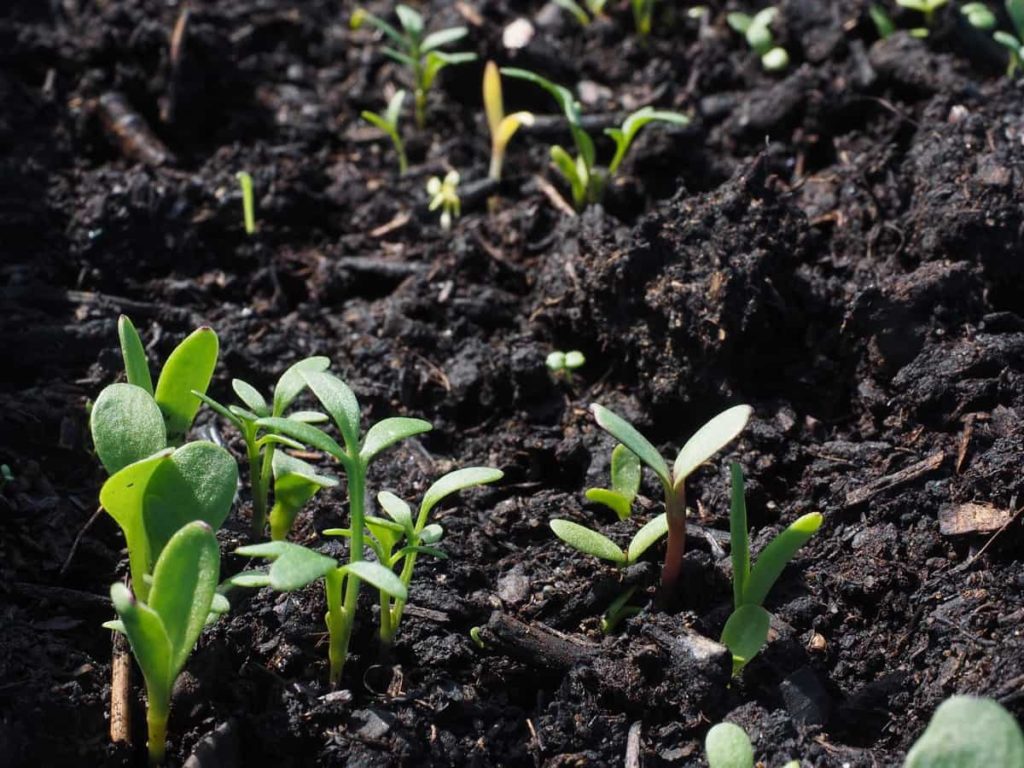
When it comes to establishing a garden, you have many options. Seeds, seedlings, plants, bulbs & corms can be used as planting materials. Among these, you can choose any one and plant it. Please ensure the planting material you select is of good quality before planting it. Here are points that need to be considered when selecting planting materials for your garden.
How to select planting materials for your garden
How to select good seeds for planting
A very important step in cultivation is the selection of seeds. Selecting seeds is one of the most effective ways for a farmer to improve his yield by ensuring that seeds are of good quality. A garden or farm would not be complete without seeds. Much of farming’s daily operations have been modernized and modified by modern technical activities. However, it is essential to note that yields and seed quality would drastically decrease without continuous supplies of high-quality seeds.
Consider community safety and climate conditions when choosing seeds for planting. A successful and beautiful garden can be achieved by knowing and understanding these factors. It is important to note that sowing any crop does not compromise its quality. Make sure you sow top-quality seeds in your fields. Check if the seeds have been treated or certified before sowing. Always buy seeds from reputable or certified sources.
The seeds that are selected for the garden should always be
- Free from weed seeds and free of borne viral diseases. For this, it is always recommended to purchase seeds from an authenticated seller or company
- The seeds you choose should be able to grow in the region or climatic conditions where you live.
- It is also important to consider the germination percentage. Choosing seeds with a germination rate of more than 90% is recommended.
Seed quality parameters
- Seed should be genetically pure.
- Seeds should contain optimum moisture content
- They should be free from a mixture of other seeds
- They are healthy and free from infection or infestation
- They do not have any damage to any of their part
In case you missed it: How to Build Trellis for Gourds: A Step-by-Step Planting Guide for Beginners
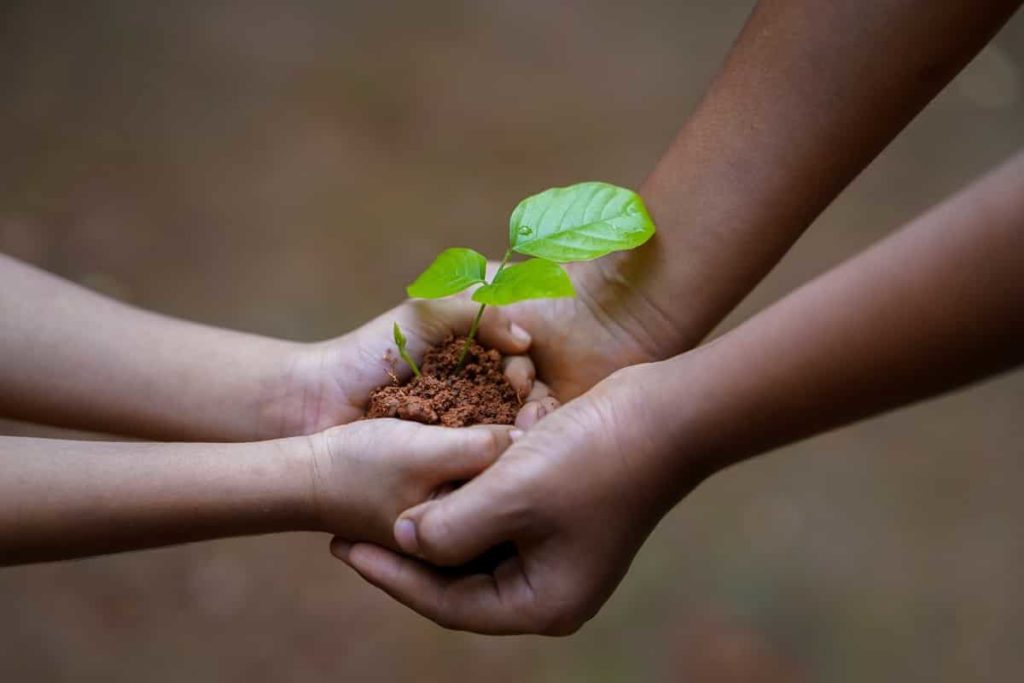
How to select good seedlings for planting
Even at their strongest and healthiest, seedlings are fragile and delicate. Because of this, it is important to handle them carefully. However, if they do not receive the best care, they will probably be of inferior quality. A baby plant can easily be damaged if conditions are poor, so buying one would waste time and money.
Spring is when many gardeners want to start numerous plants, but it is often difficult to tell a good seedling from a bad one. Buying plants to grow in a hurry is never a good idea. Instead, ensure you know what a quality plant is and what you should avoid. If the start is poor, many bad things can happen, including the plant being a poor transplant choice.
- Overwatering or underwatering plants will stunt their growth and yellow their leaves. Also, avoid leggy, stretched-out, woody, and tough seedlings. Choose seedlings that are smaller, more tender, bright green, fresh, and healthy-looking instead
- Any seedling that shows signs of insect or physical damage should be avoided. Seedlings should have good morphological quality (appearance) and physiological quality. The seedlings should not be broken, the leaves should be green and healthy, and the roots should grow well. In addition, there should be no physical damage to it. It means that no part of the plant has been damaged. It is, therefore, important to observe these features before purchasing seedlings.
- It is not a good idea to plant seedlings that are yellow or browning off. It is common for these plants to bolt after being planted because they are stressed.
- Only cotyledon leaves are present on punnets that do not yet have their first set of true leaves; they are just a little immature. If you keep the water up to them for a couple of weeks, they will be ready to be planted.
- Choose seedlings that are in season currently and best suitable for transplanting right now in your area.
- It is not desirable for people to bring home and introduce any extra pests or diseases to their gardens. Additionally, those plants may already be stressed and less healthy, which puts them at a disadvantage from the start. It appears that they are discolored, stressed, and possibly infected. Ensure that the seedlings are free of pests.
How to select good bulbs and corms for planting
Generally, bulbs and corms propagate flowering plants, tuberous crops, and bulbous crops. There are two types of bulbs: spring flowering bulbs and summer flowering bulbs. Cold temperatures kill summer flowering bulbs (tender bulbs). Therefore, planting them in the spring is necessary since there is no chance of ground frost.
It is necessary to dig them in the fall after the first frost discolors the foliage and to store them over the winter. Winter is necessary for spring flowering bulbs such as tulips, daffodils, and crocuses to bloom. Thus, these bulbs are planted and develop roots in the fall before blooming in the spring.
In case you missed it: 14 Best Compost Bins for Home in India: For Indoor, Outdoor, and Kitchen Garden
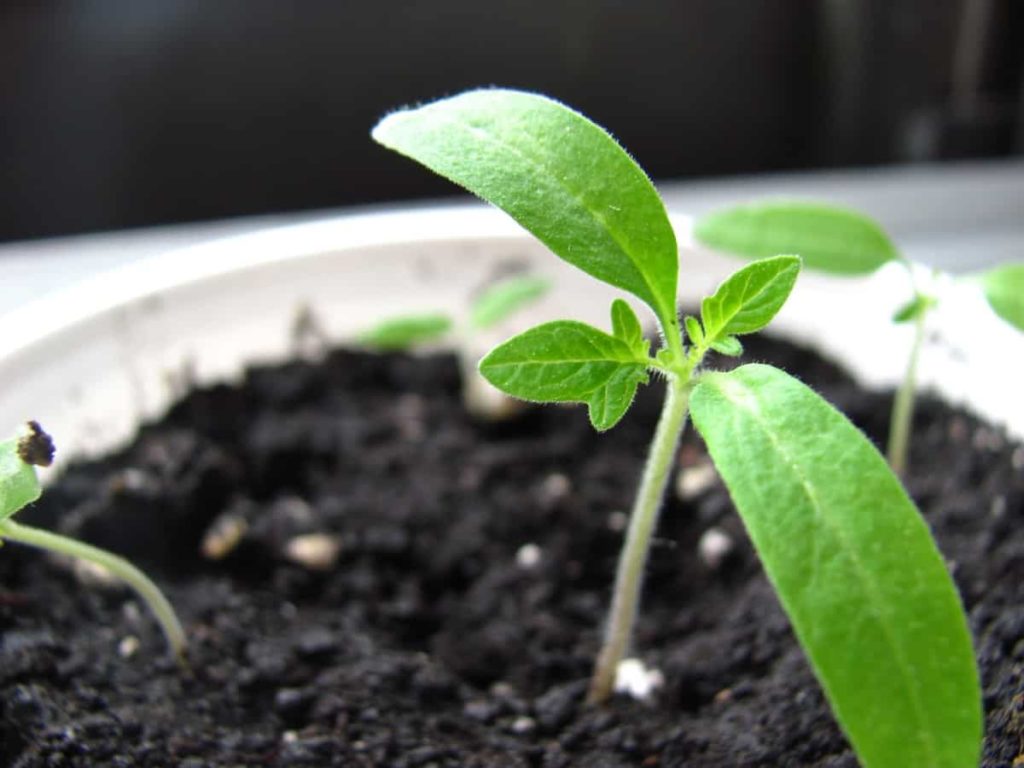
- Select healthy and mature bulbs.
- Pay attention to size; select bigger-size bulbs. For healthy plant growth, you must select bigger bulbs.
- Slightly squeeze the bulbs. If they are soft, do not choose those bulbs.
- The next point to consider is always bruised bulbs should be avoided
- If the bulb feels light, it is dried out from too much heat or being held too long in storage. Unlike a seed, a dry bulb can not be rehydrated.
- The basal plate is where roots sprout. It should always be firm, not soft or mushy.
Some spring flowering bulbs
- Tulips
- Daffodil
- Hyacinth
- Ornamental onion
- Camass
Some summer flowering bulbs
- Allium
- Oriental Lily
- Begonia
- Freesia
- Gladiolus
How to select good suckers for planting
In plants, suckers are lateral shoots that emerge from the root rhizome near the parent plant. It is traditional for farmers to replace their plants with this natural regeneration process. Consequently, they usually remove all suckers on a mat except for the one selected to replace the mother plant. The suckers can also be harvested for transplanting, sharing with farmers, or selling, a practice that contributes to the transmission of pests and diseases. Reducing pests by paring (trimming the roots and outer leaf sheats) and boiling the suckers is possible.
In addition, plants can be multiplied by suckers in some cases. For example, a sucker can be used to propagate or plant bananas, lilacs, and red raspberries. Divide large parent rhizomes after harvest or gouge out a smaller pared sucker’s central growing point to stimulate axillary buds that grow into plants. It is possible to split large rhizomes into several pieces with a central side bud.
In case you missed it: How to Give Your Garden Calcium Boost: Simple Tips and Ideas
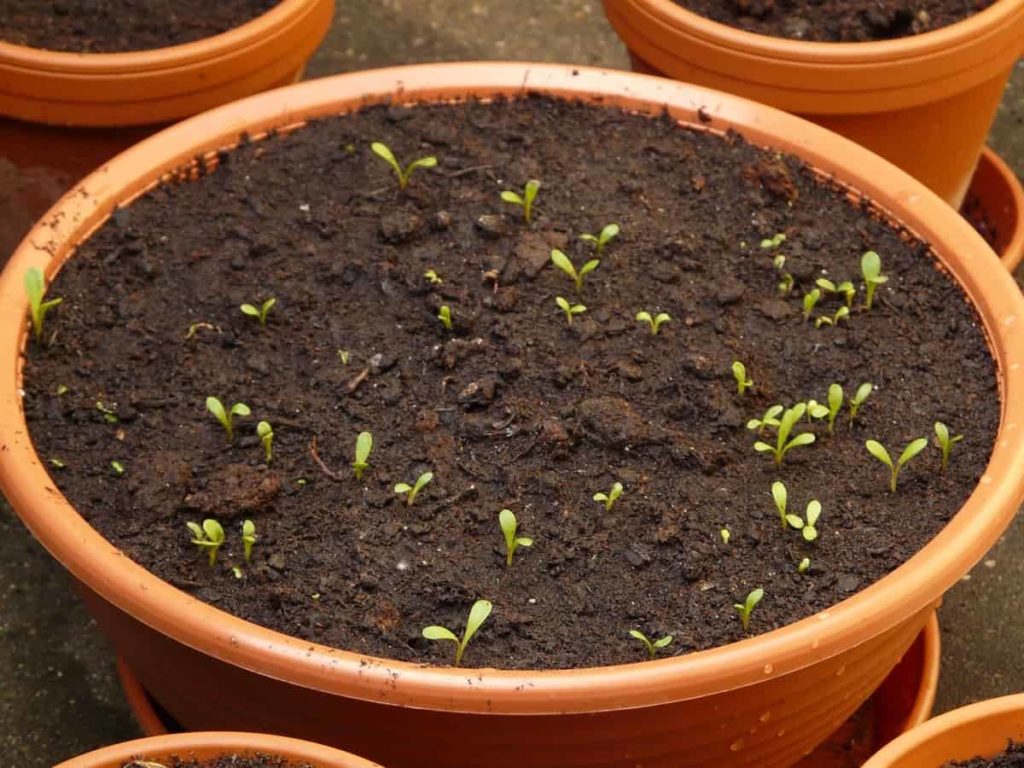
- Do not Consider small suckers for planting.
- Do not buy suckers that contain insects like weevils and nematodes
- It would be best not to buy plants whose stems have some dark discoloration. There may be some pests or diseases causing the problem. The disease may spread to other plants if these plants are bought and brought home.
- You should choose suckers with sword-shaped leaves rather than broad-leaved ones because they are more likely to perform well and yield better.
- Raising mother plants in a roofless insect-proof shade net of sufficient height is recommended.
- In an early stage, a sword sucker is attached only superficially to the mother rhizome with broad leaves. Therefore, it is not recommended to grow water suckers because they produce inferior fruit.
- The peepers (very young suckers) produce a late and poor crop. In comparison with peepers, four-month-old suckers and split rhizomes produced heavier bunches.
How to select good stem cuttings for planting
Most houseplants are propagated by rooting stem cuttings, but many garden plants can also be propagated in this way. For example, cuttings from tender garden plants, such as coleus or impatiens, can be taken in late fall, rooted indoors in winter, and planted outside in spring in cold climates. It is also possible to develop root stem cuttings from many woody plants, though it is a bit more difficult. However, a stem cutting from the mother plant must be taken with some consideration.
- Make sure the parent plant is healthy before you take cuttings from it. Plants with disease or foliage that has drooped or died should be avoided.
- Good green growth in a parent plant is more important than more flower buds. A cutting with too many flowers may have difficulty in growing roots.
- Cuttings should be taken from green, soft stems (non-woody). Older, woody stems are more difficult to root than newer growth.
- Cuttings between 4 and 6 inches long are usually sufficient. However, longer cuttings can sometimes dry out if placed in a growing medium for a long time.
- The cutting needs some leaf growth to continue photosynthesis. However, too many leaves will consume energy that would otherwise go to growing roots.
In case you missed it: How to Make Rabbit Manure Compost: A Step-by-Step Guide to Using in Your Garden
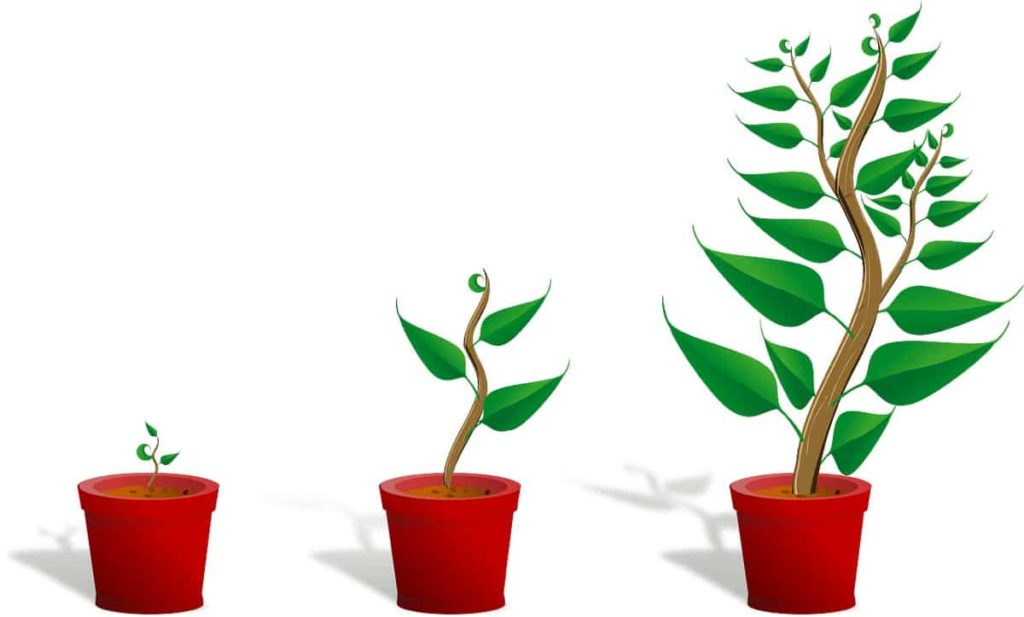
What is a seed, and what are the characteristics of a quality seed?
A plant’s reproductive organ is its seed. They contain a miniature version of all the parts that make up a new plant: root, stem, leaf, and bud. In addition to reserves, seeds can contain other components that help the new plant emerge and grow. These factors determine whether a plant will be cultivated for food, animal feed, or other purposes. Therefore, farmers must choose seeds of a good variety, capable of producing healthy, strong plants and likely to yield high-quality crops.
There are no weeds or diseases caused by seeds, insects, pathogens, or other extraneous material in high-quality seeds. They must also be free from mechanical injury, reducing seedlings’ germination and vigor. Quality seed is varietally pure, has a high germination rate, is free of disease, and has good moisture content and weight. Good seed ensures rapid germination, vigorous growth, and rapid emergence.
Why do my seedlings keep dying?
If the growing medium, temperature, and moisture are not controlled properly, they can all cause problems as the seed grows. Whether there is very little or too much, moisture can be a killer. Plants are stressed when their potting mix is too dry, which leads to poor germination and uneven or stunted growth. Similarly, too much moisture from overwatering and a warm environment create ideal conditions for fungal growth.
Damping-off, a fungus that affects the new plant stem at the soil level, is the most common cause of early seedling death. The little plant dies as the stem turns brown, rots, and topples over. Cold soils with poor drainage and overwatering are more likely to suffer from damping-off fungi.
What do you think is important in selecting good quality planting materials?
A plant’s seed or planting materials are a very important component of crop production as they interact with the environment and determine the plant’s health. Production will likely be lower if the conducive environment but the seed is poor. Conversely, plant materials of superior quality facilitate the faster establishment and reduce mortality rates.
Selection and use of plant materials must be based on project objectives, a thorough site analysis, appropriate design, knowledge of species traits, growth requirements, availability, and cost. Local sources, commercial suppliers, or contract growers can provide plant materials.
In case you missed it: How to Start Home Gardening in Hawaii for Beginners: For Indoors, Outdoors, Raised Beds, Backyards, and Containers
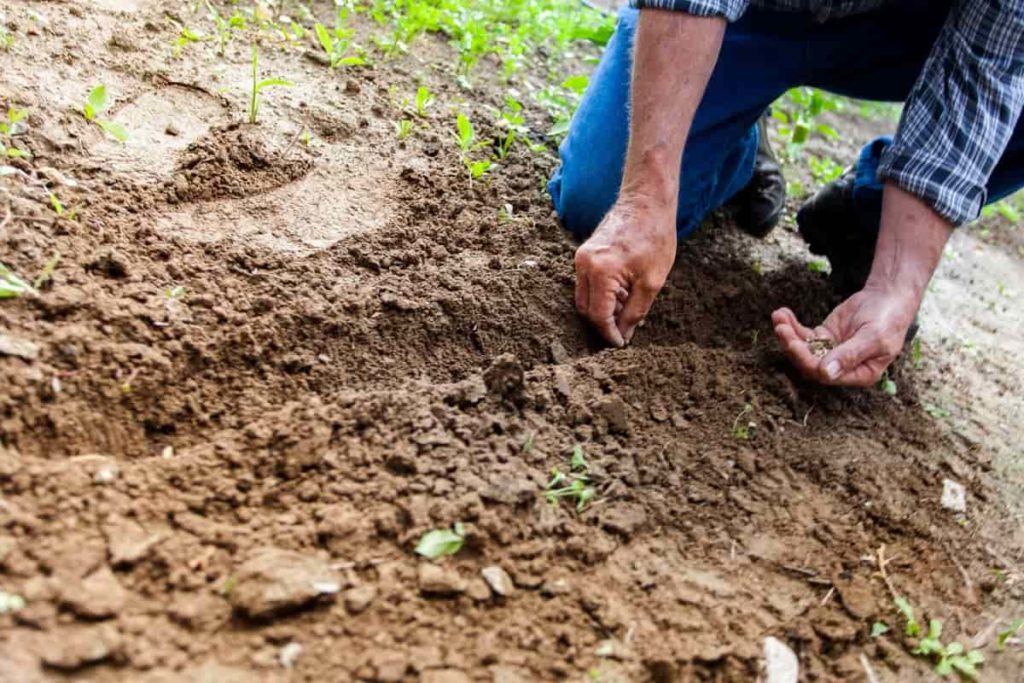
Conclusion
In planting, seeds, fruits, aggregate fruits, and parts of aggregate fruits are used. In addition, parts of plants used for vegetative reproduction, such as bulbs and potato tubers, can be used as planting material. It is advisable to process, sort, and, if necessary, dry planting material before planting. Before planting, it undergoes various types of preparation. A garden’s productivity and health depend on the plant health and productivity of its planting materials, such as seeds, seedlings, bulbs, stem cuttings, and suckers.
- How to Grow Hibiscus from Flower
- Plantation Ideas for Home Decoration: A Beginners Guide
- Flower Garden Designs and Layouts for Beginners
- Planting and Spacing Techniques in Papaya: A Beginner’s Guide
- Growing Gold: Essential Techniques for Planting Pineapples
- How to Make Kalanchoe Plant Bushy: Home Remedies and Solutions
- 11 Reasons Why Your Gardenia is Not Blooming: Home Remedies and Solutions
- Eco Elegance: The Guide to Designing a Drought-Tolerant Landscape
- Gardening on a Slope: Strategies for Hillside Landscaping
- Nourish and Flourish: Top Organic Mulches for Thriving House Plants
- Everything You Want to Know about Indian Mogra Flower: Discover Uses and Growing
- Green Thumb Success: Expert Tips for Cultivating Greenhouse Pumpkins All Year Round
- Maximize Growth & Flavor: The Ultimate Guide to Companion Planting in Herb Gardens
- How to Control Rhododendron Problems Naturally: Home Remedies and Organic Ways to Fix Them
- Natural Magic: The Remarkable Benefits of Cinnamon for Plants
- Best Steps to Revive Dying Tulip with Natural and Organic Treatment
- 10 Reasons Why Your Angel Trumpet is Not Blooming: Remedies and Treatment
- How to Fix Periwinkle Leaf and Flower-Related Problems: Natural Remedies and Solutions
- How to Fix Zinnias Leaf and Flower Problems: Discover Natural and Home Remedies
- Organic Steps to Induce Lemon Tree Flowers: A Comprehensive Guide
- Bloom Booster: Crafting the Perfect Homemade Bougainvillea Fertilizer
- Optimizing Growth: A Guide to Applying NPK Fertilizer for Potted Plants
- 10 Best Homemade Fertilizers for Rubber Plant: DIY Recipes and Application Method
- How to Boost Female Pumpkin Flowers: Effective Steps for More Flowers and High Yields
- Transform Your Indoor Garden: Top Benefits of Pink Salt for Houseplants
- 10 Best Homemade Fertilizers for Peacock Plants (Calathea): Easy DIY Guide
- Unlock Blooms: 9 Reasons Why Your Potted Chrysanthemum is Not Blooming
- 8 Reasons Why Your Potted Hibiscus is Not Blooming: Fix it with Simple Solutions
- Unlock Blooms: 9 Key Reasons Your Potted Frangipani Won’t Flower
- 10 Reasons Why Is My Ice Plant Not Blooming: Remedies and Treatment
- 10 Reasons Why My Potted Hydrangea Not Blooming: Treatment and Remedies
- 10 Reasons Why is My Wisteria Not Blooming: Remedies and Treatment
- 10 Reasons Why is My Goldfish Plant Not Blooming: Remedies and Treatment
- Maximize Your Space: Ultimate Guide to Balcony Gardening with Grow Bags
- 10 Reasons Why Your Iris is Not Blooming: Remedies and Treatment
- 10 Reasons Why Your Anthurium Plant is Not Blooming: Treatment and Remedies